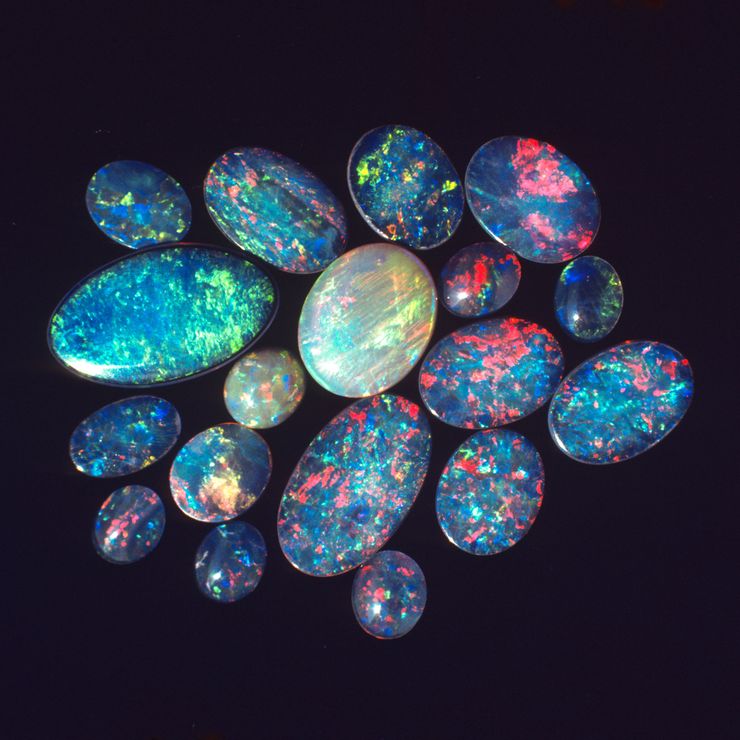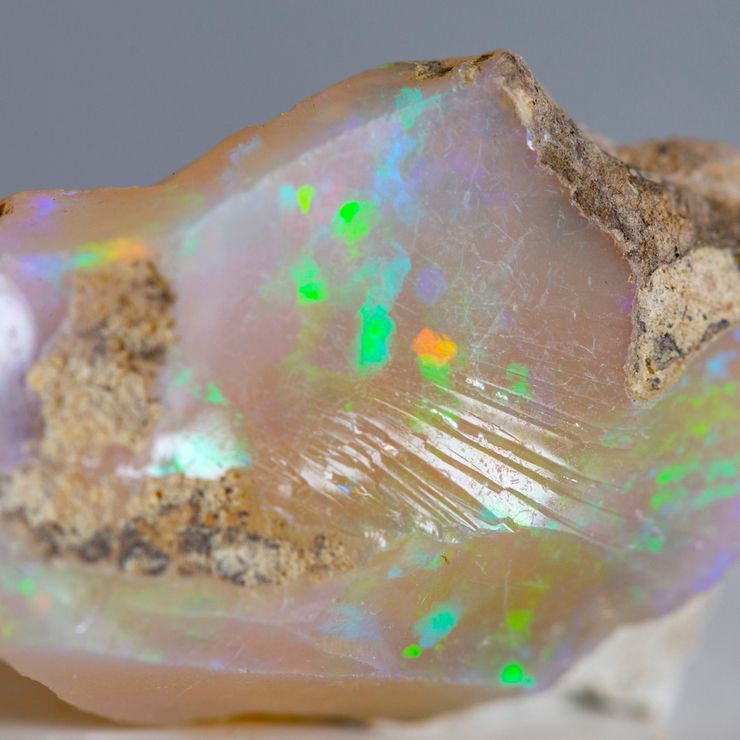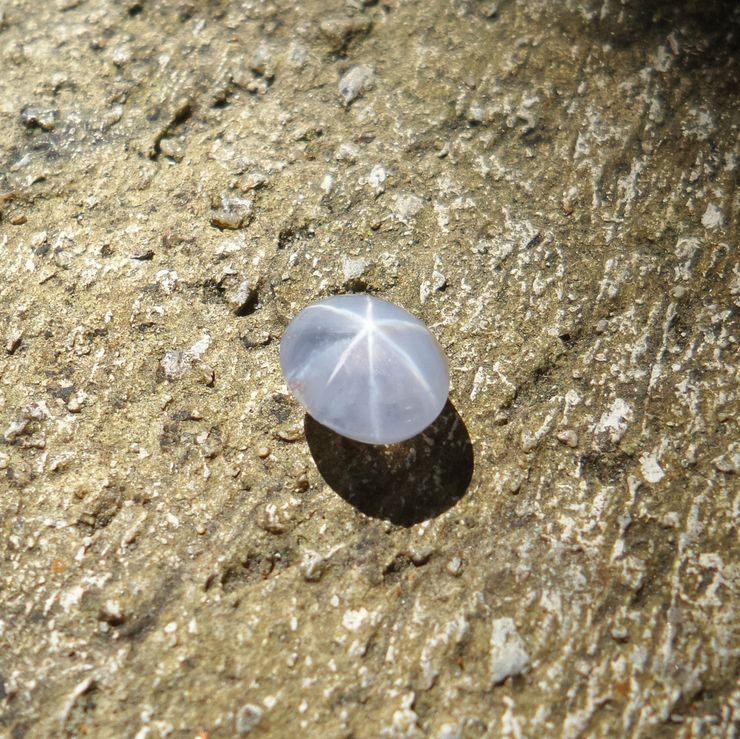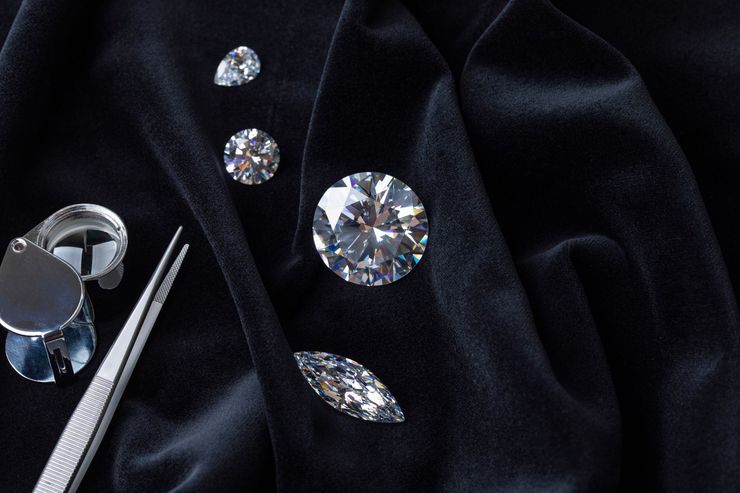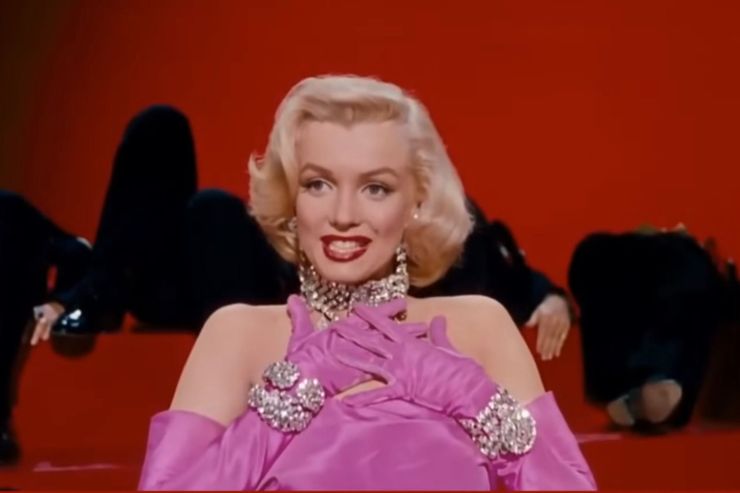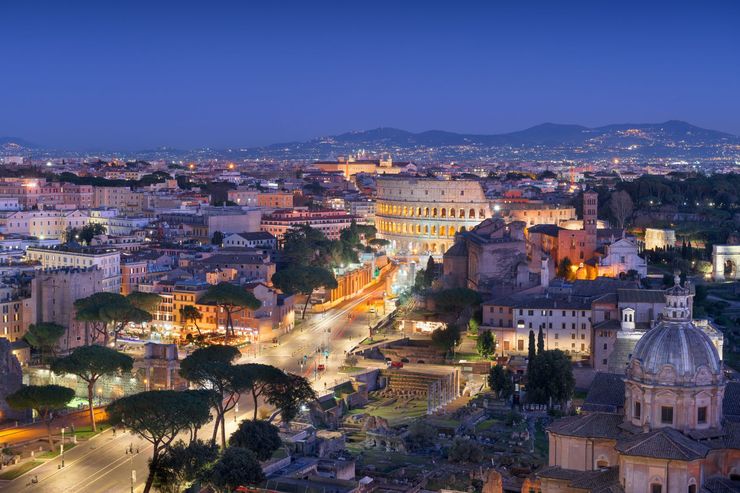Throughout history, opals have been seen as stones that hold significant and mystical powers. They’ve been revered by ancient civilisations, from the ancient Greeks who linked them with prophecy, to the Romans who believed opals symbolise hope and purity (ask any one of the Roman empire lads, they’ll tell you).
Opals have also been used as talismans, associated with love, and as symbols of protection. This rich history, steeped in symbolism and tradition, reflects the enduring fascination with opals and their continued popularity in the modern era.
Traditionally, diamonds have been the go-to choice for engagement rings due to their durability and timeless appeal and an array of shapes, ranging from traditional rounds to the unique character of a princess shape or emerald cut.
However, as couples seek unique and meaningful alternatives, gemstones like opal have gained popularity as well. While opals are undeniably beautiful, there are several downsides to consider when choosing them as an engagement ring stone. given you’ll likely be wearing it every day. We explore the potential pitfalls of opting for an opal engagement ring and provide some insight into making an informed decision.

